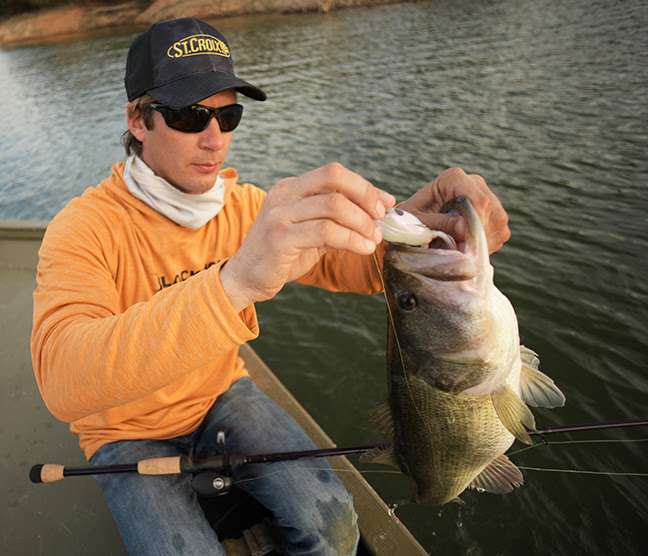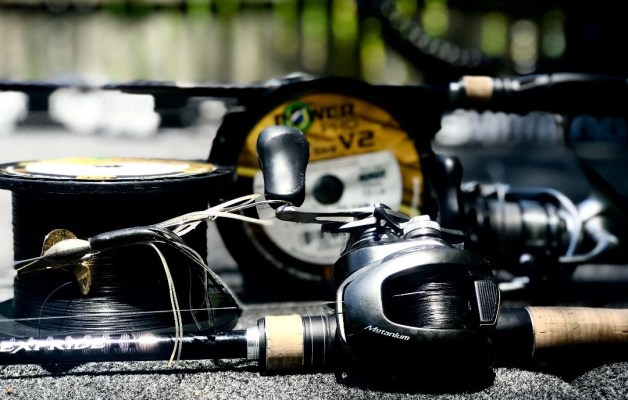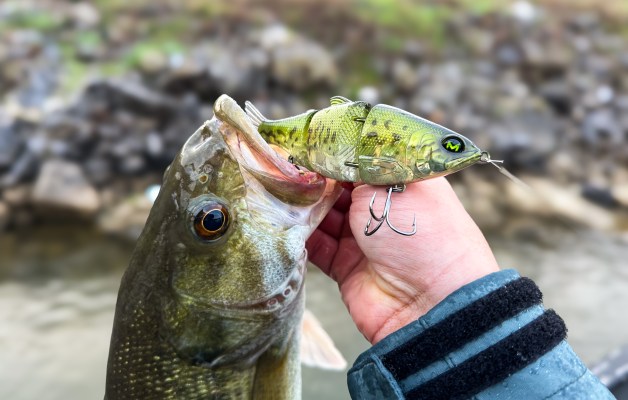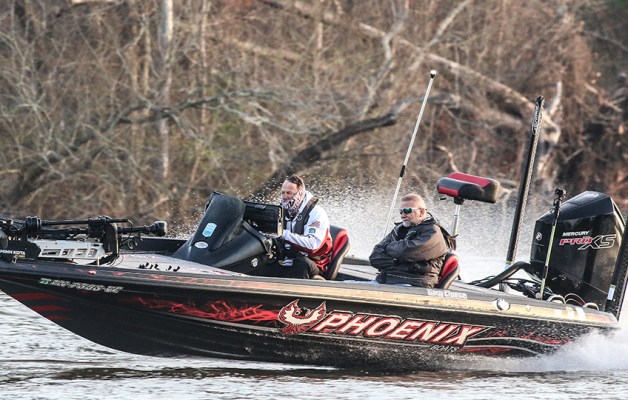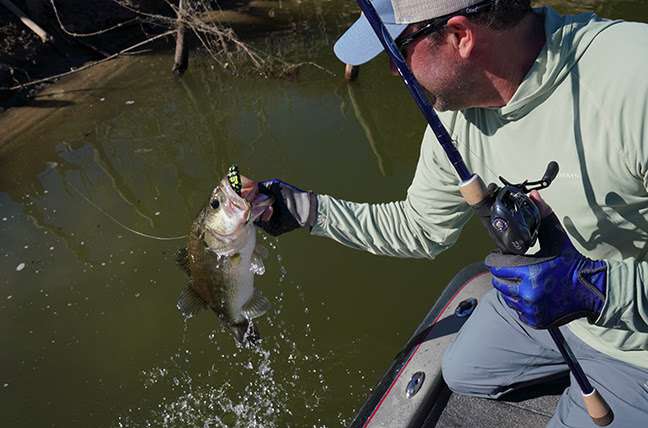
Park Falls, Wis. – St. Croix has always strived to provide bass anglers with exactly the rods they need for the situation and the presentation, from power to finesse. Now, catering to the growing trend of bass anglers fishing swim frogs, St. Croix is proud to introduce two new rods designed specifically for the presentation at the upcoming Bassmaster Classic in Knoxville, Tenn.
But the rods are no one trick pony. Not only are the rods designed to work specifically for topwater “buzz frogs,” they are equally adept at managing swim jigs in the same waters that swim frogs excel, as well as traditional topwater frogs, big swimbaits, speed worms and more. Truly, the rods excel throughout the entire water column, from swim frogs thrown around docks and cypress trees knees to working a keel-weighted swimbait in sparse cover, the Mojo Bass MJC75MHXF and Legend Tournament Bass LBC75MHXF are must-have rods.
With that, meet the new for 2020, Mojo Bass Swim Frog casting rod, MJC75MHXF, a medium-heavy power, extra-fast action 7-foot, 5-inch weapon comprised of SCIII carbon fiber. The rod now occupies a niche anglers have long been looking for—and at a price, $140, certain to please anglers on all budgets.
For fans of the Legend Tournament Bass series, anglers will be ecstatic over the release of the new LBC75MHXF Swim Frog model, a gorgeous 7-foot, 5-inch piece of rod artistry in medium-heavy power with extra-fast action and comprised of SCIV carbon with IPC, ART and FRS technologies.
Watch video: New Swim Frog Rods
Bass pro Jesse Wiggins and Florida-based bass expert Joe Balog were instrumental in design of both rods, from inception to reviewing the final versions where big bass live.
“St. Croix always wants to make the perfect rod for every presentation—and that’s the case for these rods and buzz frogs. Both models have enough tip that you can make good, long casts and the strong backbone to get the job done. And the cool deal is they have them in both the Mojo series and Legend Tournament Bass series so they’re affordable for everyone,” says bass pro Jesse Wiggins.
Joe Balog comments: “They’re both great all-around tools for a lot of techniques in moderate to heavy cover: buzz frog, hollow-body frog, swim jig, and more. There are a lot of techniques where extra-fast action but powerful rods are key, which includes big swimbaits, too.”
Wiggins adds: “There are a lot of times throwing baits when you have to pick up slack quickly to set the hook and these rods really excel at that. On the long casts you can make on these rods because of the length and extra-fast action you can pick up a lot of slack quickly, no matter what the technique is, whether it’s throwing a buzz frog way back in the pads or jerkin’ a big ol’ swimbait.”
Balog concurs: “If you’re fishing in lily pads with matted grass and make a super long cast those first couple cranks of the reel have to pick up a lot of slack. If a fish hits the bait it’s tough to get that fish out with a traditional 7’ medium-heavy rod. You really need something that has more leverage, a long handle, and plenty of power. Both of these rods, with medium-heavy power and at 7-foot, 5-inch long have the meat to handle big fish in the junk on long casts.
Fishing here in Florida, I don’t typically undergun with any technique, where the next fish could be a seven, eight, or nine-pounder. If you do, the biggest bite of the day could be the one you lose, so these rods are now part of my day-to-day arsenal for a host of techniques: buzz frogs, hollow-body frogs, speed worms, skinny dippers, swim jigs, and big swimbaits. They’re hardcore rods.”
Besides long casts, both anglers agree that the rods excel at throwing light baits, which frogs tend to be. “At that length and power and extra-fast action they’re substantial rods. But because they’re extra-fast action you can still cast a fairly light bait. A buzz frog doesn’t weigh much so you need an extra-fast action rod to really cast it. Plus, the action allows anglers to throw frogs up around the knees of cypress trees, docks, duck blinds, grass, and other cover. If you’re fishing around vegetation—especially where there’s wood mixed in—they’re perfect,” says Balog.
